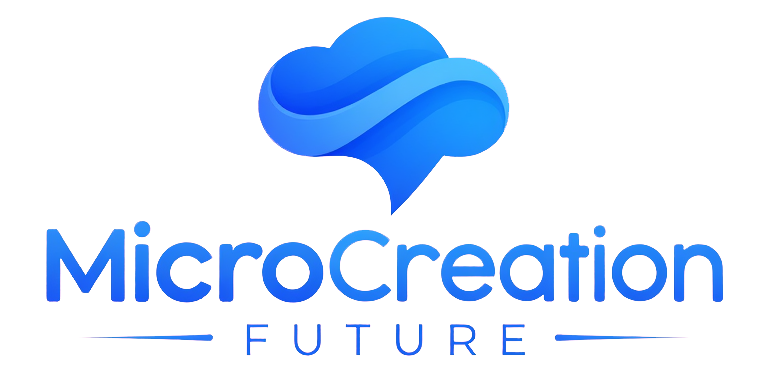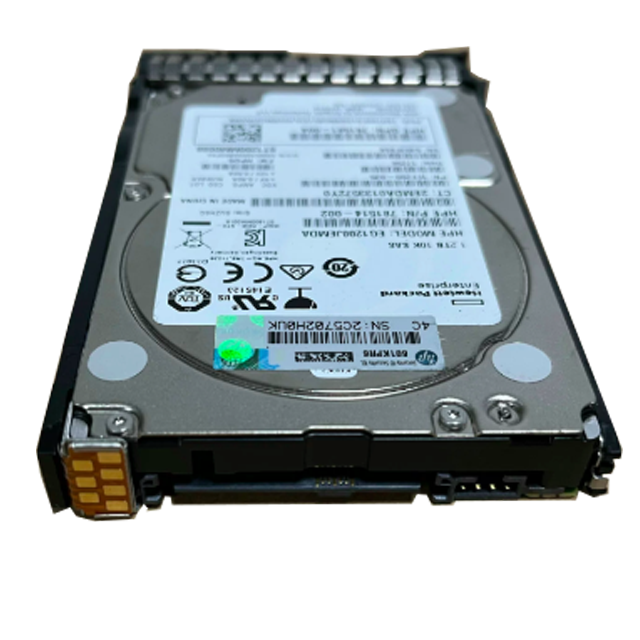Hard Disk Drives: A Comprehensive Guide to Server Storage Solutions
Hard disk drives (HDDs) remain a cornerstone of server storage, valued for their balance of capacity, cost, and reliability. Whether powering a small office server or a large data center, the right hard disk drive ensures smooth data access, long-term durability, and efficient performance. This guide breaks down everything you need to know about hard disk drives in server storage—from how they work to how to choose, maintain, and integrate them into your setup.
1. What Is a Server-Grade Hard Disk Drive?
A server-grade hard disk drive is designed specifically for 24/7 operation, handling constant data read/write requests without overheating or failing. Unlike consumer HDDs (used in laptops or home desktops), server hard disk drives have key features that make them suitable for heavy workloads:
- Durability: They use stronger components (like reinforced platters and motors) to withstand continuous use. Consumer HDDs are built for intermittent use (8–12 hours/day), while server hard disk drives run nonstop.
- Error resistance: Server HDDs include advanced error-correcting code (ECC) to fix data errors automatically, critical for protecting sensitive data (e.g., customer records, financial logs).
- Heat management: They generate less heat and include better cooling features, preventing performance drops in crowded server racks.
- Higher MTBF: Mean Time Between Failures (MTBF) ratings for server hard disk drives often exceed 1.2 million hours, compared to 500,000–700,000 hours for consumer models. This means fewer unexpected failures.
In short, a server hard disk drive is engineered to be a workhorse, reliable enough for the demands of business or enterprise storage.
2. Types of Hard Disk Drives for Servers
Not all server hard disk drives are the same. They vary by speed, interface, and design, each suited to different server needs:
-
By rotation speed (RPM):
- 7,200 RPM: The most common choice for general servers. Balances speed and cost, handling tasks like file storage, email servers, and low-traffic databases. A 7,200 RPM hard disk drive offers enough speed for small to medium businesses.
- 10,000 RPM: Faster, ideal for medium workloads. They reduce data access time, making them great for busy databases, virtualization, or web servers with moderate traffic.
- 15,000 RPM: The fastest server hard disk drives, built for high-performance needs (e.g., real-time applications, large-scale virtualization). They cut latency significantly but cost more and generate more heat.
-
By interface:
- SATA (Serial ATA): Affordable and widely compatible, with transfer speeds up to 6 Gbps. Best for entry-level servers (e.g., small office file servers) where cost matters more than top speed.
- SAS (Serial Attached SCSI): Designed for enterprise use, with speeds up to 22.5 Gbps. SAS hard disk drives handle more simultaneous requests and work seamlessly with RAID setups, making them ideal for data centers or high-traffic servers.
- By capacity:
Server hard disk drives range from 4TB to 20TB+ (and growing). Larger drives (12TB–20TB) are favored for storage-heavy servers (e.g., backup servers, media libraries), while smaller drives (4TB–8TB) work well for general-purpose servers.
3. Why Choose a Hard Disk Drive for Server Storage?
Hard disk drives offer unique advantages that keep them relevant in server setups, even with the rise of solid-state drives (SSDs):
- Cost per terabyte: HDDs are cheaper than SSDs for large capacities. A 16TB server hard disk drive costs significantly less than a 16TB SSD, making them ideal for storing massive amounts of data (e.g., archives, backups).
- Large capacity: HDDs scale to 20TB+ per drive, allowing servers to store more data without adding dozens of drives. This simplifies setup and reduces power use compared to using multiple smaller drives.
- Reliability for long-term storage: HDDs are stable for "cold storage" (data accessed rarely, like backups), retaining data reliably for years without power.
- Compatibility: They work with nearly all server motherboards and RAID controllers, making them easy to integrate into existing setups.
For many servers—especially those prioritizing capacity over speed—hard disk drives are the practical choice.

4. How to Integrate Hard Disk Drives into Server Setups
To maximize performance and reliability, server hard disk drives need proper integration, often using RAID (Redundant Array of Independent Disks) or other storage configurations:
-
RAID setups: RAID combines multiple hard disk drives to improve speed, redundancy, or both:
- RAID 0: Splits data across drives for faster read/write speeds (no redundancy—risky for critical data).
- RAID 1: Mirrors data across two drives (one fails, the other has a copy). Ideal for small servers needing reliability.
- RAID 5: Uses one drive for parity (error recovery), with data spread across 3+ drives. Balances speed, capacity, and redundancy for medium servers.
- RAID 6: Similar to RAID 5 but uses two parity drives, surviving two failures. Best for large data centers storing critical data.
- Hot-swappable drives: Many servers support hot-swappable hard disk drives, allowing you to replace a failed drive without shutting down the server. This minimizes downtime—a must for 24/7 operations.
- Storage tiering: Combine HDDs with SSDs (faster but pricier) in a "tiered" setup. HDDs store rarely accessed data, while SSDs handle frequently used files (e.g., active databases). This balances speed and cost.
5. Maintaining Server Hard Disk Drives: Tips for Longevity
A well-maintained hard disk drive lasts 3–5 years in a server. Follow these tips to extend its life:
- Control temperature: Keep server rooms cool (60–70°F/15–21°C). Overheating is the top cause of HDD failure. Use fans or liquid cooling to prevent drives from exceeding 75°F (24°C).
- Avoid vibration: Mount drives securely in server racks to reduce shaking, which can damage platters. Use anti-vibration brackets for multiple drives.
- Monitor health: Use tools like S.M.A.R.T. (Self-Monitoring, Analysis, and Reporting Technology) to track drive health. S.M.A.R.T. alerts you to early signs of failure (e.g., increasing error rates).
- Regular backups: Even with RAID, back up data to external drives or cloud storage. HDDs can still fail unexpectedly, and backups ensure data isn’t lost.
- Update firmware: Manufacturers release firmware updates to fix bugs and improve performance. Check for updates annually to keep hard disk drives running smoothly.
6. HDD vs. SSD: Choosing for Your Server
While HDDs excel in capacity and cost, SSDs offer faster speeds. Here’s how to decide:
- Choose HDDs if: You need large storage (10TB+), prioritize low cost, or store data accessed rarely (e.g., backups, archives).
- Choose SSDs if: You need fast data access (e.g., databases, high-traffic web servers) or run virtual machines with frequent read/write demands.
Many servers use a mix: HDDs for bulk storage, SSDs for frequently used data. For example, a media server might use HDDs to store movies and SSDs to cache popular files for faster streaming.
FAQ
How long do server hard disk drives last?
On average, 3–5 years with 24/7 use. Regular maintenance (cooling, monitoring) can extend this to 6–7 years.
Can I mix different hard disk drives in a RAID setup?
It’s not recommended. Mixing sizes, speeds, or brands can cause bottlenecks. Use identical HDDs for consistent performance.
How much storage do I need for a small business server?
For 10–20 users: 8–16TB. This handles files, emails, and basic apps with room to grow. Add 50% more if you back up data locally.
Do server hard disk drives need special power?
No, they use standard server power supplies. Ensure your power supply has enough wattage for all drives (most HDDs use 5–12 watts).
When should I replace a server hard disk drive?
Replace it if S.M.A.R.T. alerts show errors, it makes unusual noises (clicking/grinding), or it’s older than 5 years (even if working).




